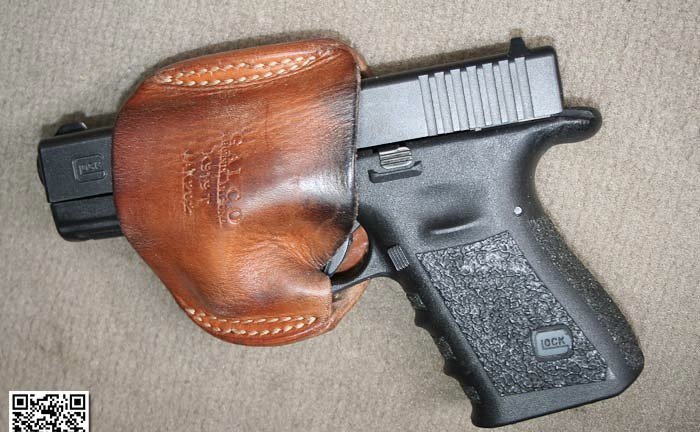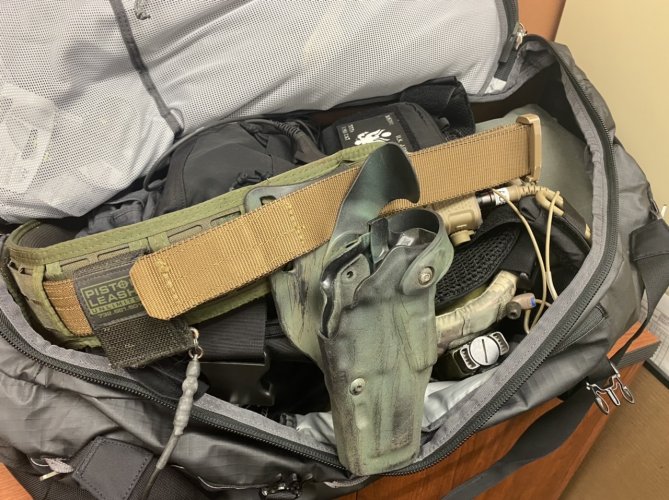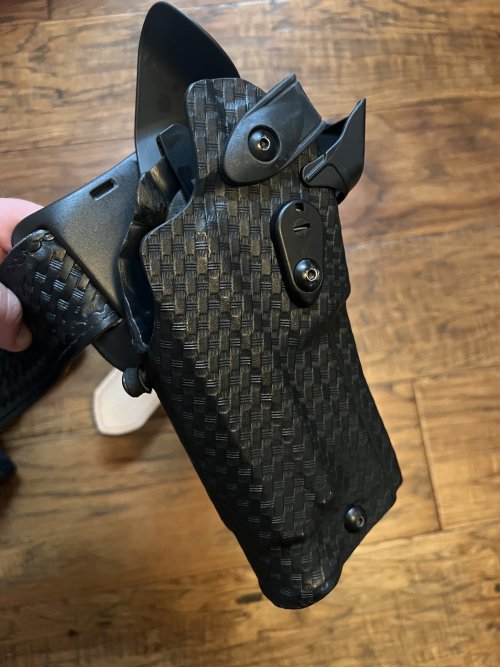MinnesotaHunter
Well-known member
The biggest cause of a accidental discharge while holstering is the user does not remove their finger from the trigger. That presses the trigger when the handgun is fully seated in the holster. The thumb break from my experience is not a hazard it is the user who errors. Again when breaking in a holster this creates muscle memory so this does not happen. Most people that have issues is a result of not training correctly.
I guess I don't spend much time on the range, or train with, inexperienced shooters. What I can say from first hand experience (x2), is that thumb snaps can go in trigger guards and fire a pistol. In both instances it was a Glock service weapon.







